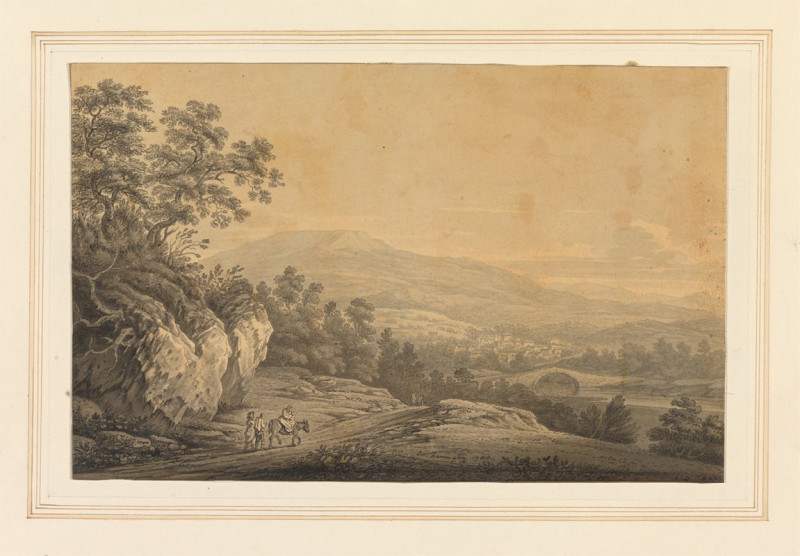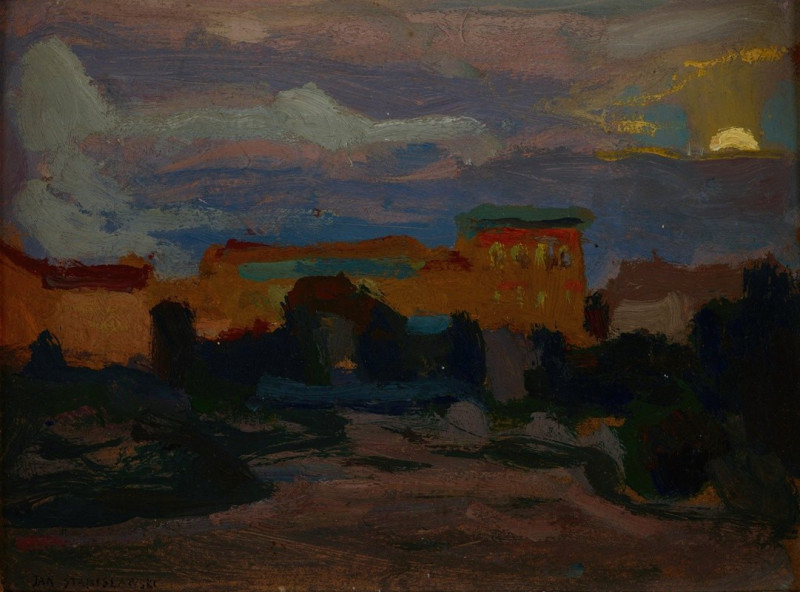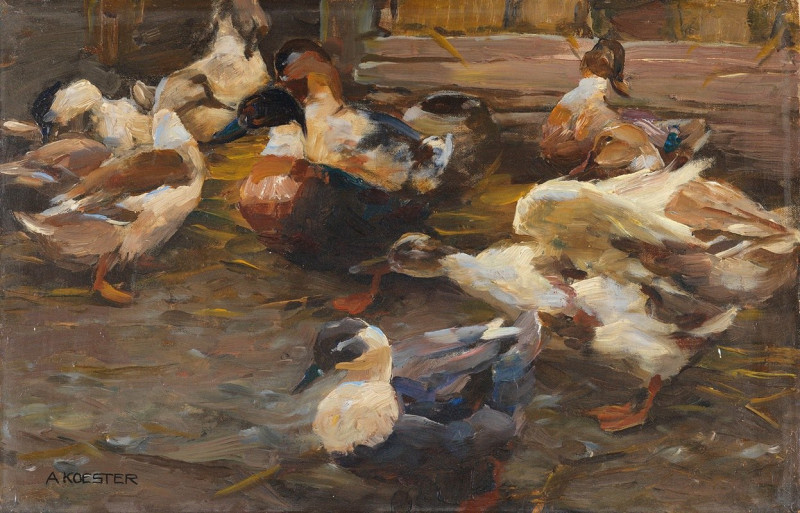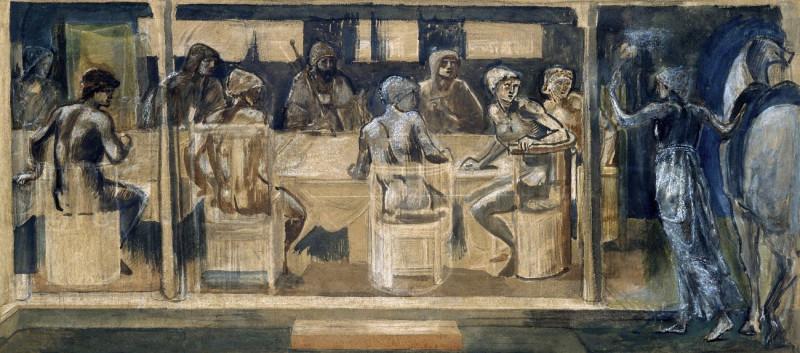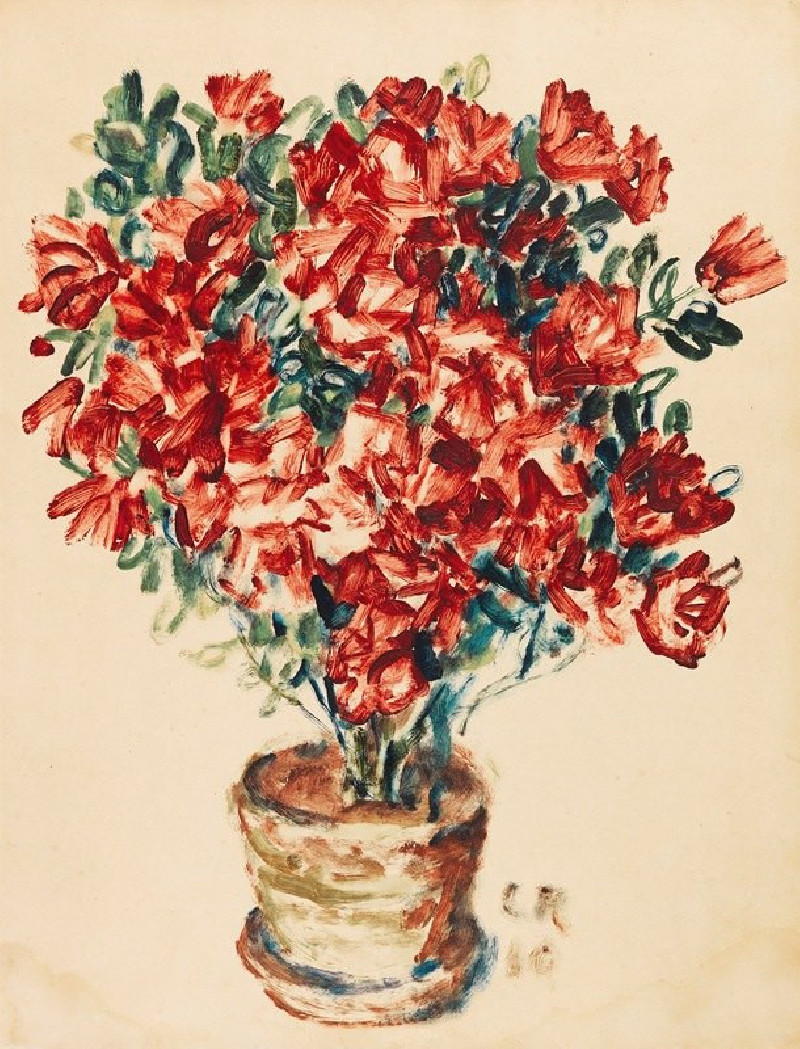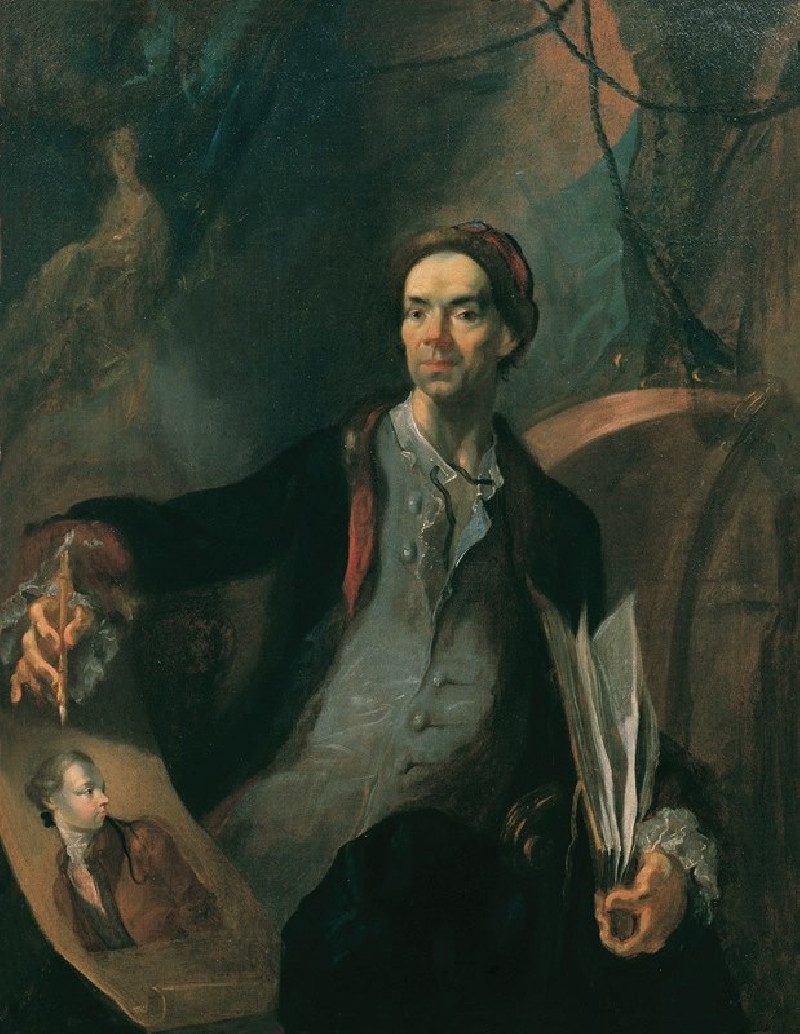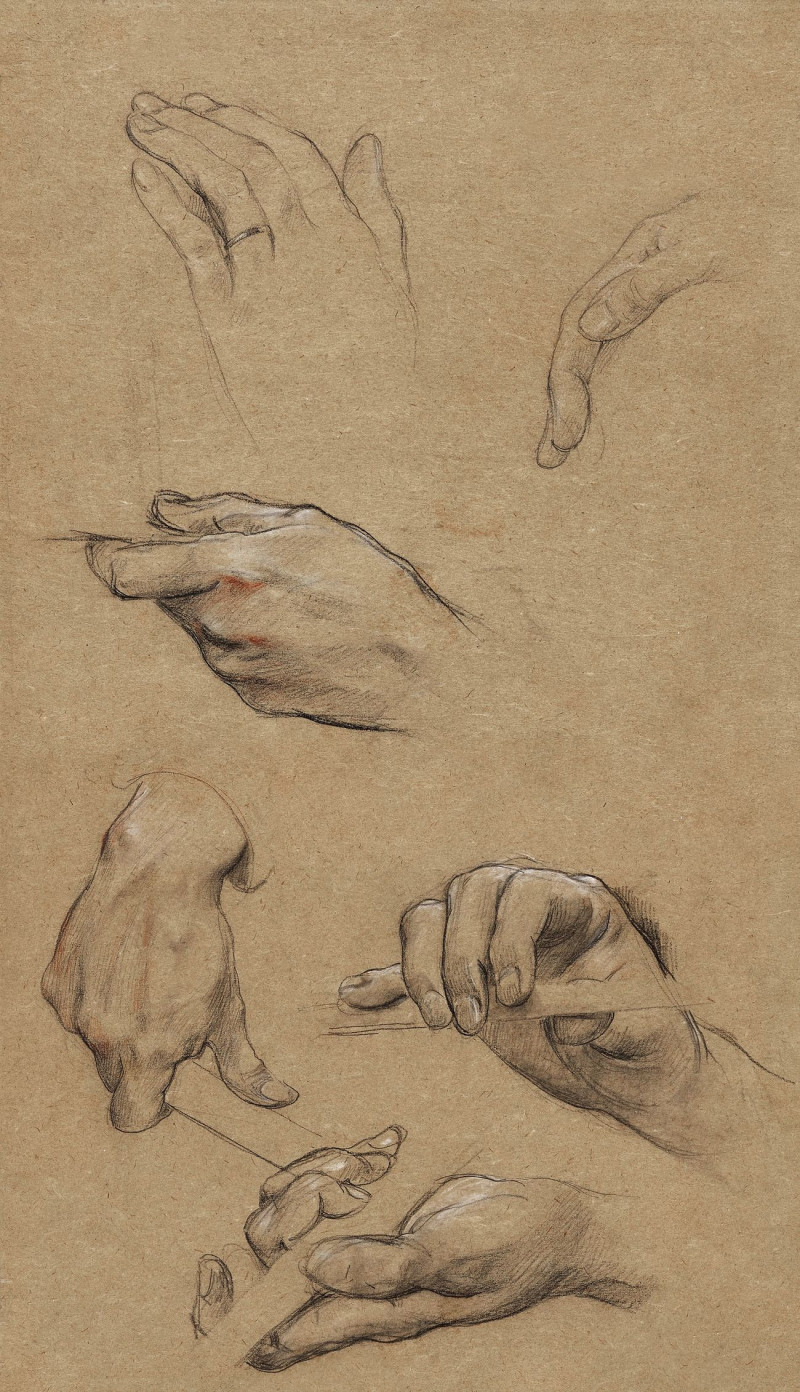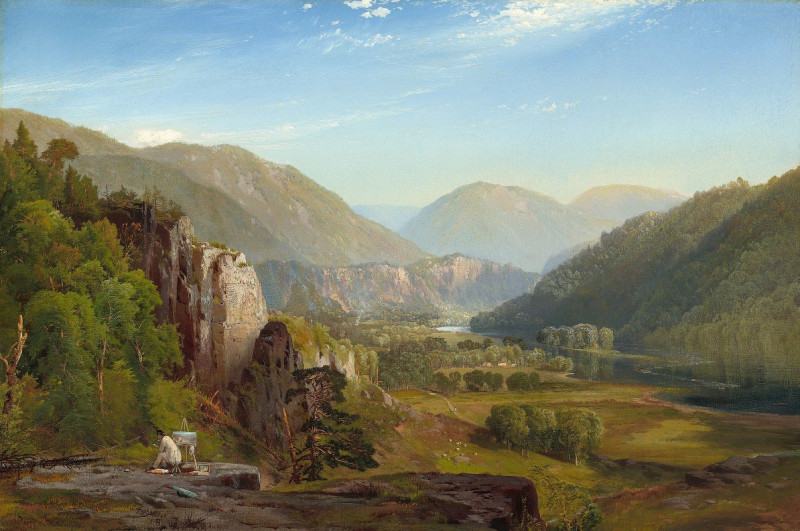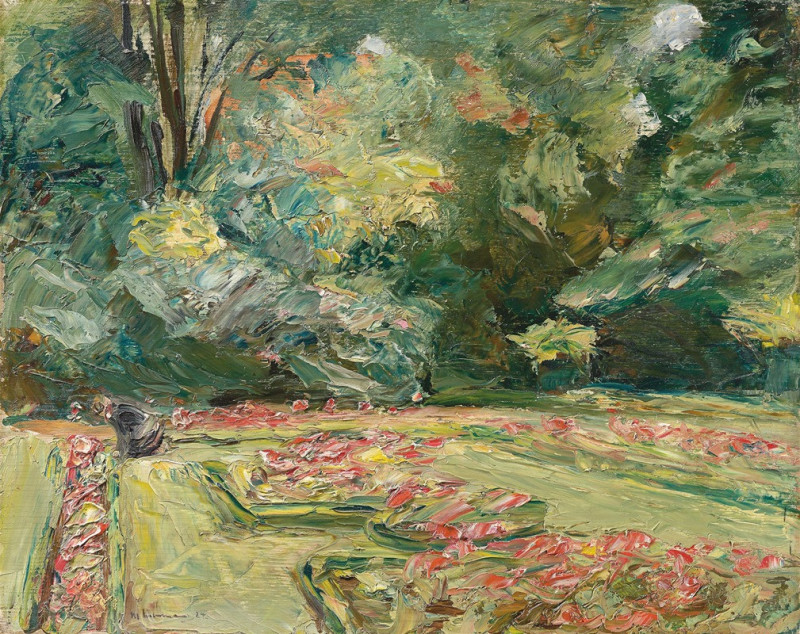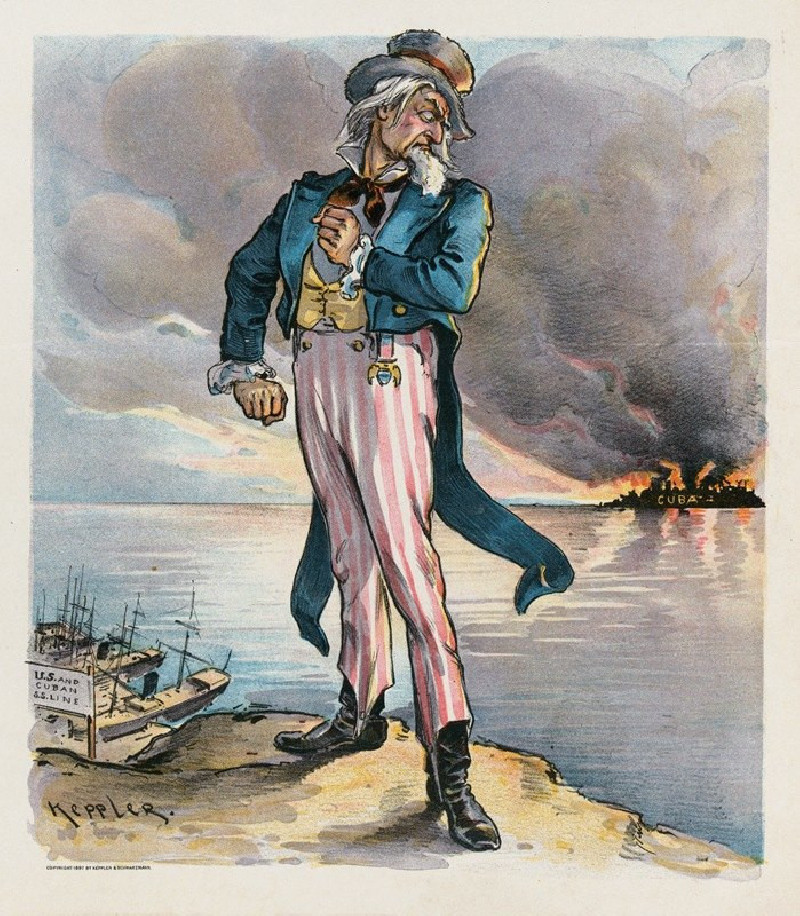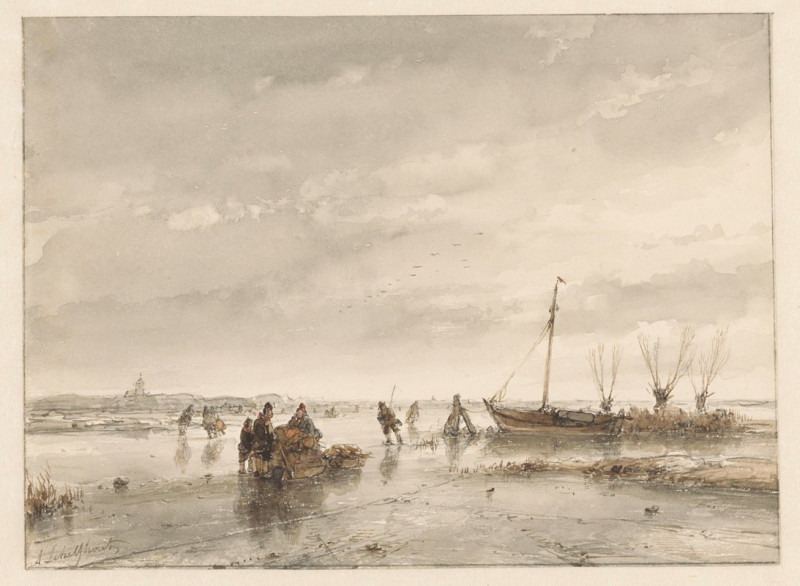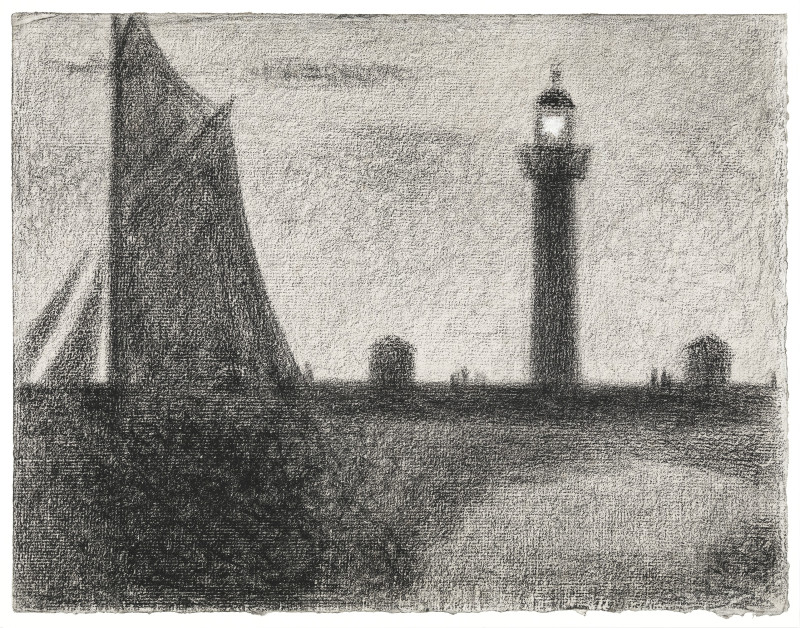Interior of the mosque of the Metwalys [Metwalis]. (1846-1849)
Technique: Giclée quality print
Recommended by our customers
More about this artwork
This evocative piece by David Roberts, painted between 1846 and 1849, transports the viewer into the heart of the divine calm embedded within the walls of a Metwaly mosque. The artwork, titled "Interior of the Mosque of the Metwalys", stands as a testament to Roberts' ability to capture architectural and human details with exceptional clarity and emotion.The painting is permeated with a sense of serene grandeur, depicting the mosque's towering columns and sweeping arches, which draw the eyes upwards towards the elaborately decorated ceiling. The use of light and shadow enhances these architectural details, creating a play between the divine and the earthly. The striped patterns of the column shafts add a rhythmic aesthetic that contrasts with the intricate designs of the mosque's mihrab and minbar, accentuated by the soft natural light filtering through the windows.Roberts' attention to the human element is equally compelling. Groups of figures, clothed in traditional attire, are shown in various states of repose and conversation, providing a glimpse into daily life and spiritual practice within this sacred space. A lone figure on a pulpit, presumably delivering a sermon or leading prayer, bridges the connection between the communal and the spiritual, inviting contemplation on the interweaving of faith and community life."Interior of the Mosque of the Metwalys" is not just a visual exploration; it is a journey into the cultural and religious ethos of the Metwaly community, beautifully rendered through Roberts' artistic vision.
Delivery
Returns
David Roberts (24 October 1796 – 25 November 1864) was a Scottish painter. He is especially known for The Holy Land, Syria, Idumea, Arabia, Egypt, and Nubia, a prolific series of detailed lithograph prints of Egypt and the Near East that he produced from sketches he made during long tours of the region (1838–1840). These and his large oil paintings of similar subjects made him a prominent Orientalist painter. He was elected as a Royal Academician in 1841.

![Interior of the mosque of the Metwalys [Metwalis]. (1846-1849) reproduction of painting by David Roberts. ALL GICLEE PRINTS Interior of the mosque of the Metwalys [Metwalis]. (1846-1849) reproduction of painting by David Roberts. ALL GICLEE PRINTS](https://reprodukcijos.lt/39169-large_default/reproduction-of-interior-of-the-mosque-of-the-metwalys-metwalis-1846-1849.jpg)
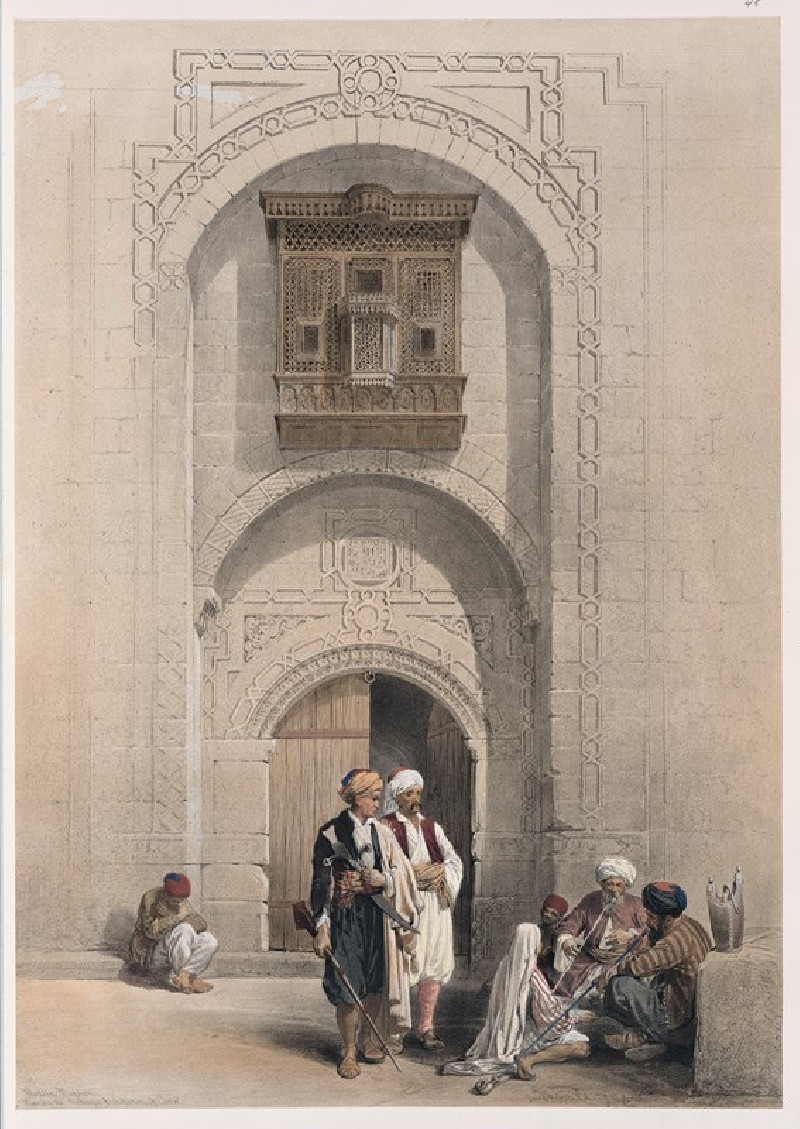
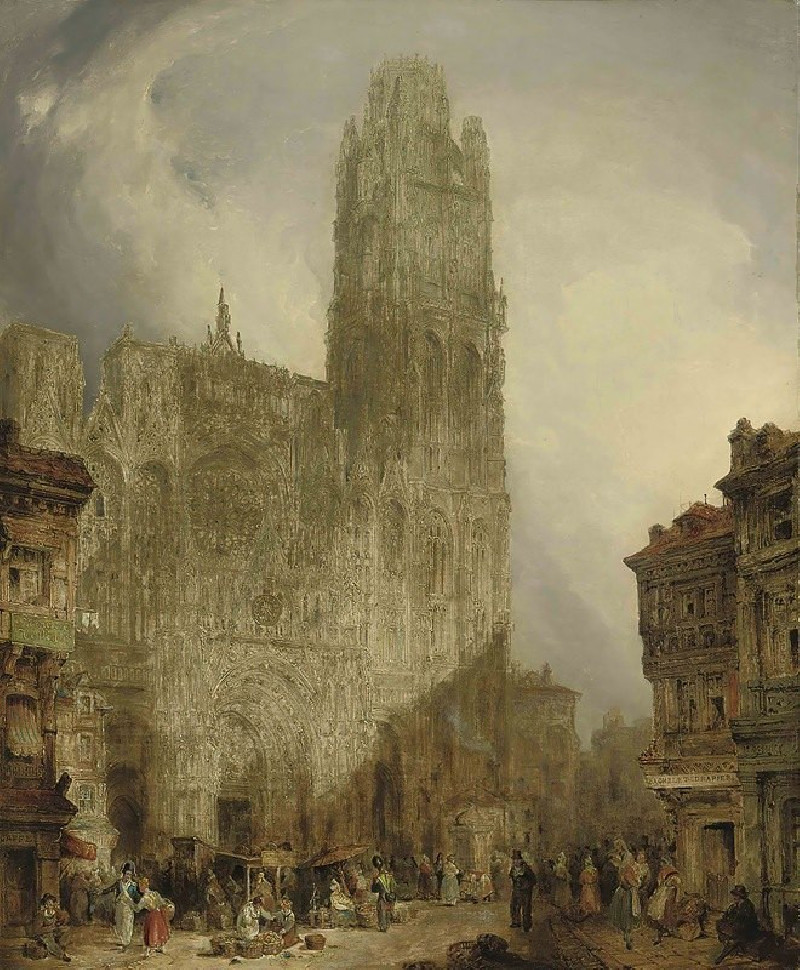
![Siout [Asyût]. Upper Egypt. (1846-1849) reproduction of painting by David Roberts. ALL GICLEE PRINTS](https://reprodukcijos.lt/39216-large_default/reproduction-of-siout-asyut-upper-egypt-1846-1849.jpg)
![Hermont [Armant], ancient Hirmonthis. Nov. 26th, 1838. (1846-1849) reproduction of painting by David Roberts. ALL GICLEE PRINTS](https://reprodukcijos.lt/39215-large_default/reproduction-of-hermont-armant-ancient-hirmonthis-nov-26th-1838-1846-1849.jpg)
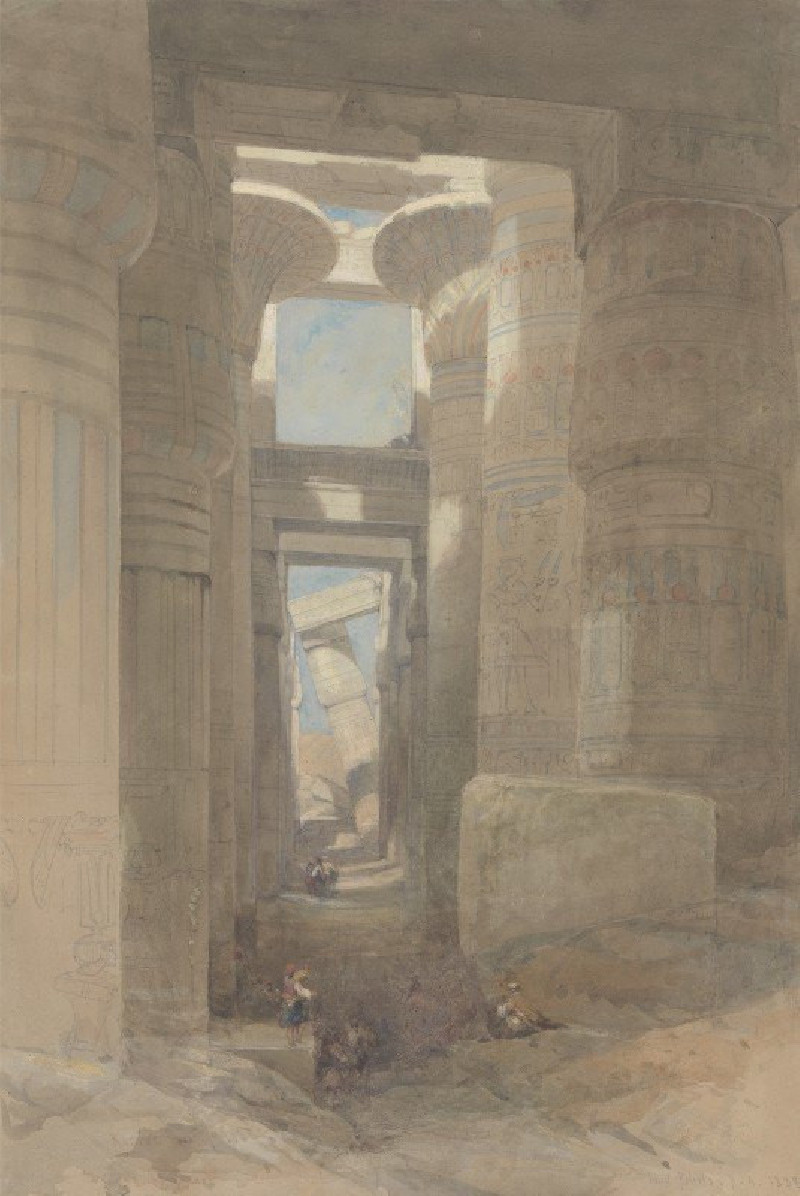
![Temple of Wady Saboua [Wadi al-Sabua], Nubia. (1846-1849) reproduction of painting by David Roberts. ALL GICLEE PRINTS](https://reprodukcijos.lt/39213-large_default/reproduction-of-temple-of-wady-saboua-wadi-al-sabua-nubia-1846-1849.jpg)
![Portico of the Temple of Edfou [Idfû], Upper Egypt. Nov. 23rd, 1838. (1846-1849) reproduction of painting by David Roberts. A...](https://reprodukcijos.lt/39212-large_default/reproduction-of-portico-of-the-temple-of-edfou-idfu-upper-egypt-nov-23rd-1838-1846-1849.jpg)
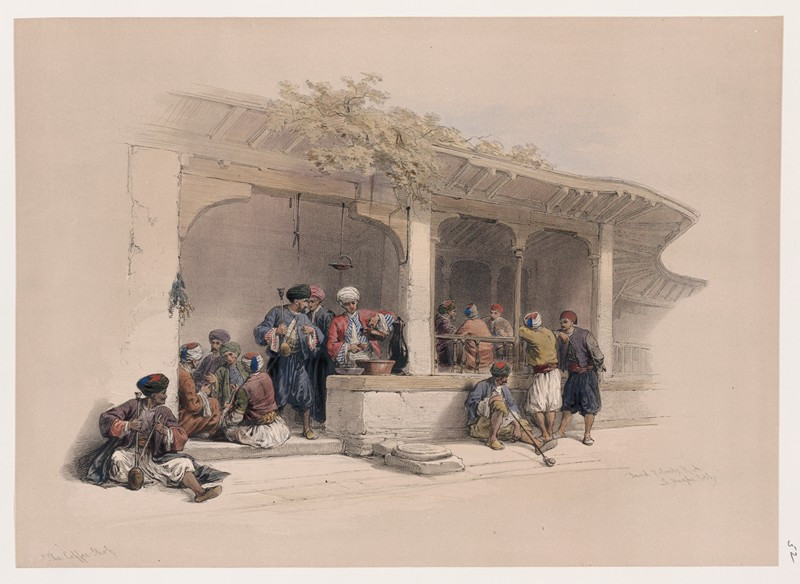

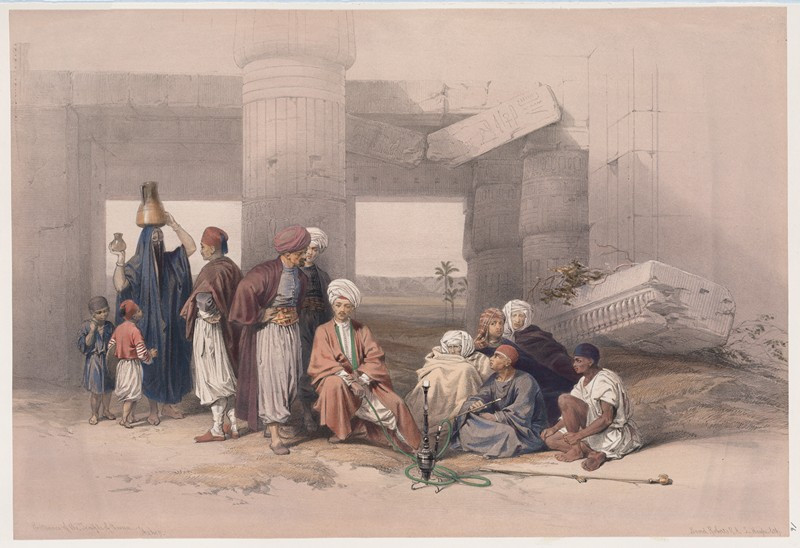
![Edfou [Edfu, Idfû]. Nov. 24th, 1838. (1846-1849) reproduction of painting by David Roberts. ALL GICLEE PRINTS](https://reprodukcijos.lt/39208-large_default/reproduction-of-edfou-edfu-idfu-nov-24th-1838-1846-1849.jpg)
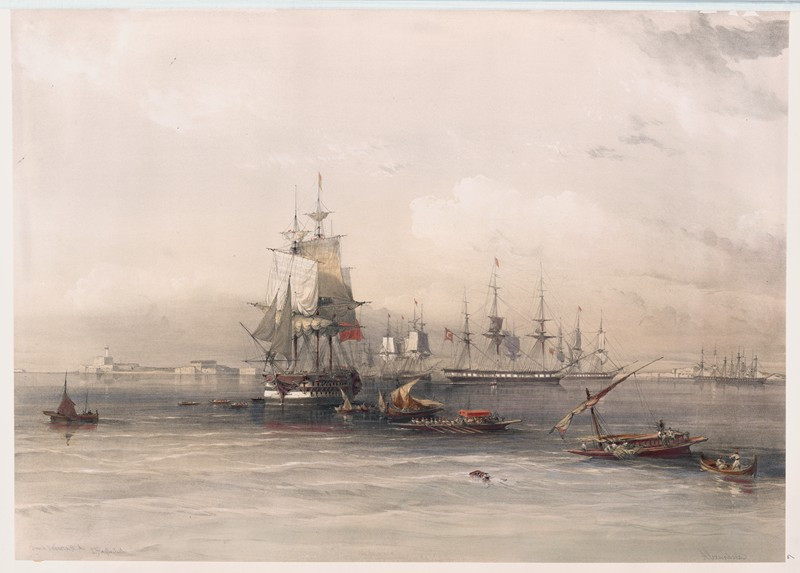
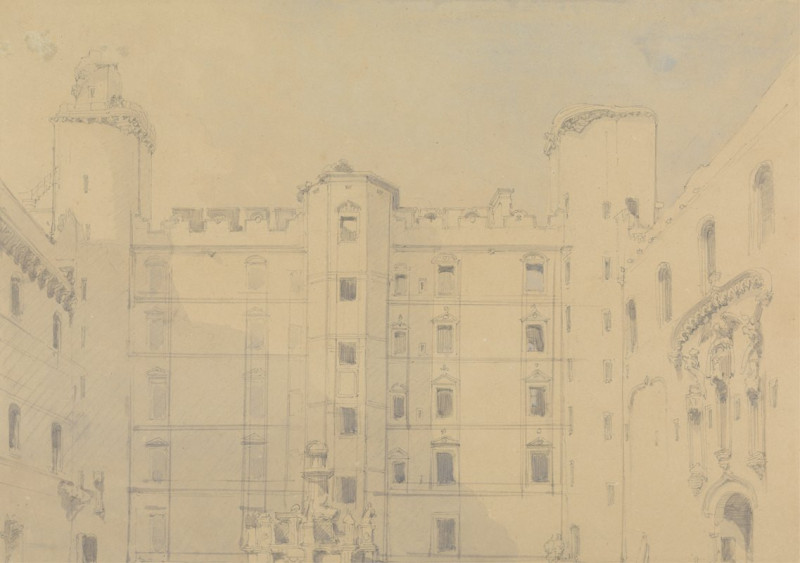
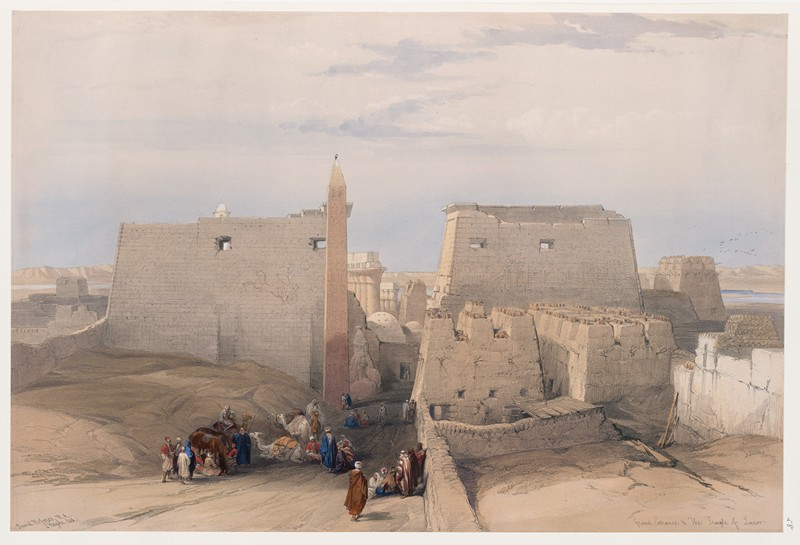

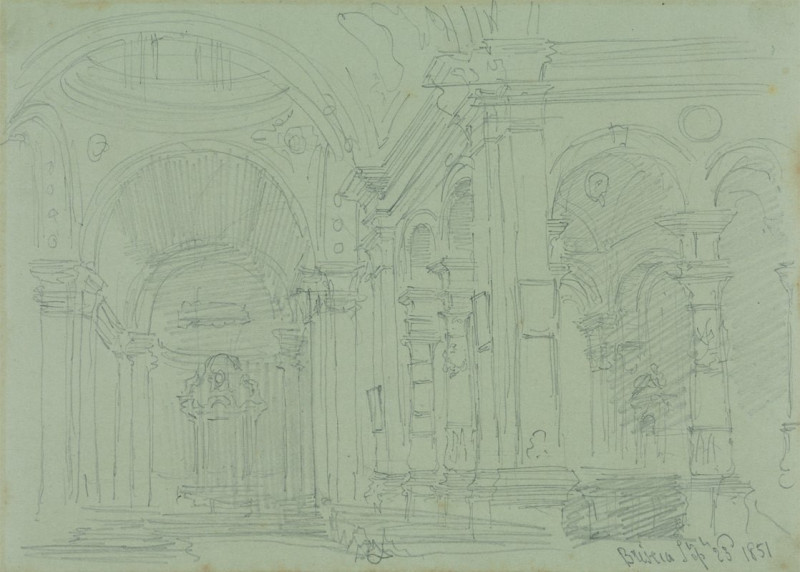
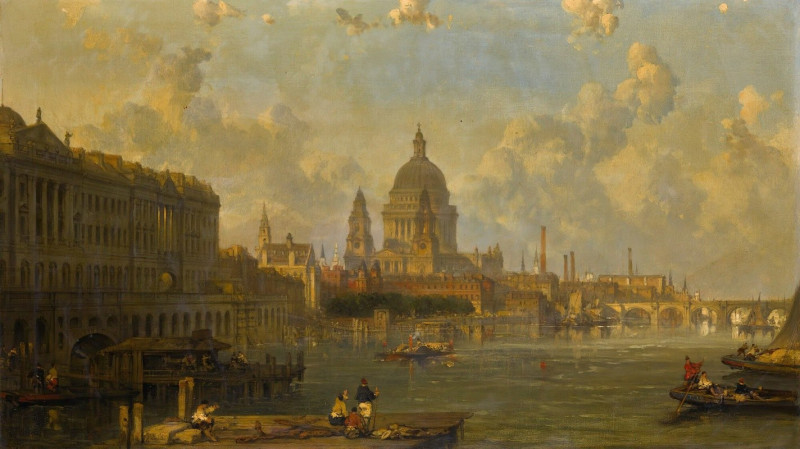
![Temple of Kalabshee [Kalabsha, Kalâbishah], Nubia. Nov. 1838. (1846-1849) reproduction of painting by David Roberts. ALL GICL...](https://reprodukcijos.lt/39201-large_default/reproduction-of-temple-of-kalabshee-kalabsha-kalabishah-nubia-nov-1838-1846-1849.jpg)
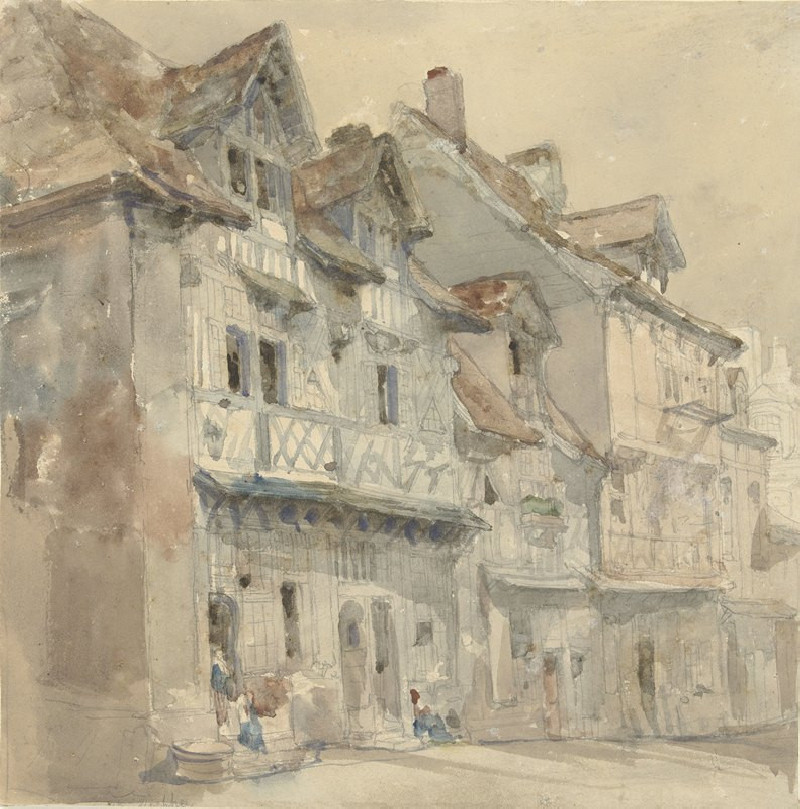
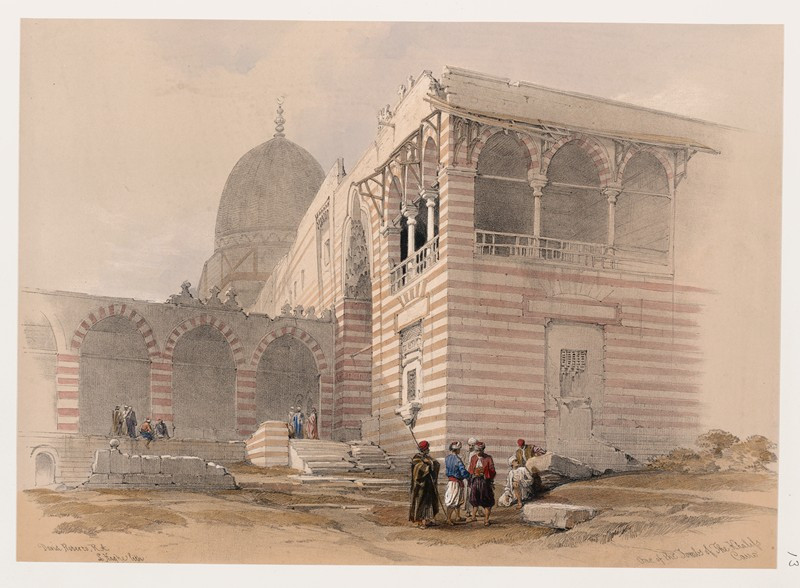

![Ruins of the Temple of Kardeseh [Qirtâsî], Nubia. (1846-1849) reproduction of painting by David Roberts. ALL GICLEE PRINTS](https://reprodukcijos.lt/39187-large_default/reproduction-of-ruins-of-the-temple-of-kardeseh-qirtasi-nubia-1846-1849.jpg)
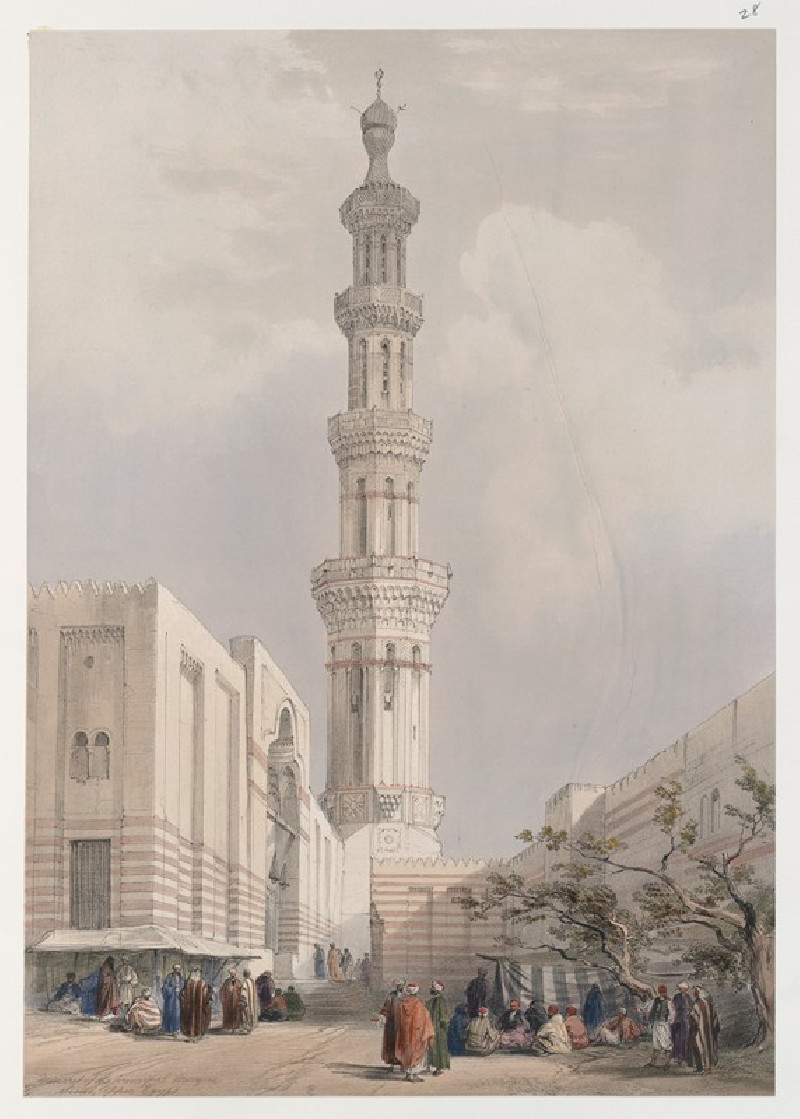
![Pyramids of Geezeh [Giza]. (1846-1849) reproduction of painting by David Roberts. ALL GICLEE PRINTS](https://reprodukcijos.lt/39185-large_default/reproduction-of-pyramids-of-geezeh-giza-1846-1849.jpg)
![Excavated temples of Aboosimble [Abû Sunbul], Nubia. (1846-1849) reproduction of painting by David Roberts. ALL GICLEE PRINTS](https://reprodukcijos.lt/39184-large_default/reproduction-of-excavated-temples-of-aboosimble-abu-sunbul-nubia-1846-1849.jpg)

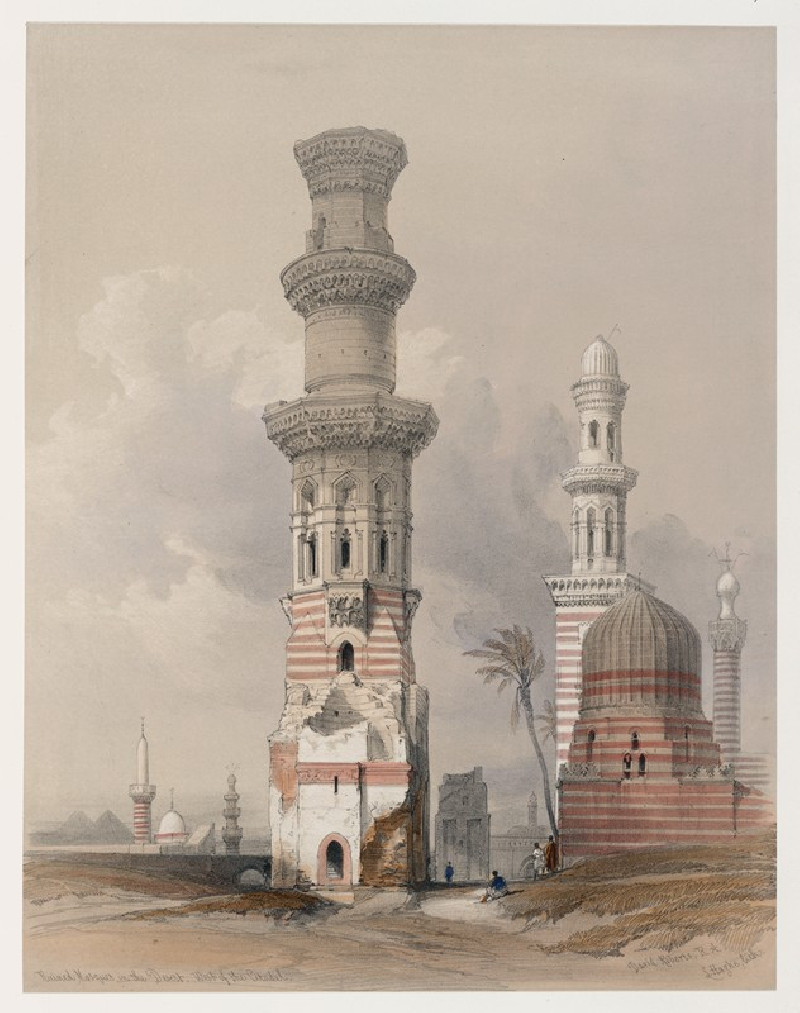


![Dayr el Medeeneh [Dayr al-Madînah], Thebes. (1846-1849) reproduction of painting by David Roberts. ALL GICLEE PRINTS](https://reprodukcijos.lt/39182-large_default/reproduction-of-dayr-el-medeeneh-dayr-al-madinah-thebes-1846-1849.jpg)
